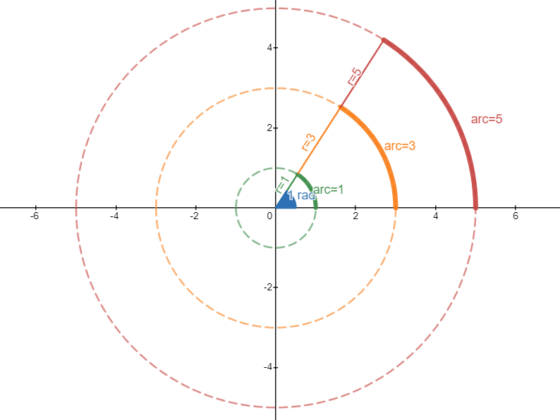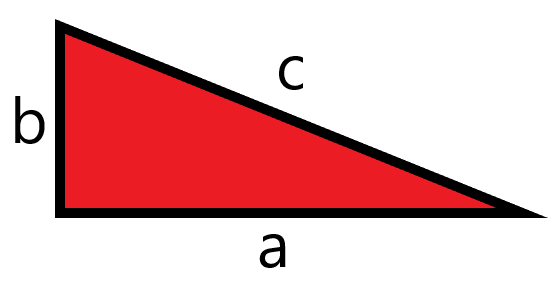Dimensional Analysis can be very useful when you come across a situation where you forget a formula that applies to certain values. This method is also proven to be beneficial when converting between units within a problem.
For example, you are asked to find the time it took for a car to travel 200 meters with a speed of 10 meters per second. You know that you want to end up with a unit of time, given units of meters per second and meters. We want to somehow get rid of the meters to end up with units of seconds. To get this, we will simply divide meters by meters per second. If that was too confusing, you can easily visualize it this way:
Going back to the problem, we will simply do:
Dimensional analysis is also very useful in consolidating multiple conversion steps into one.
For example, we want to convert 85 miles per hour into SI units, or meters per second.
We know the following information:
1 mile = 1609.34 meters or 1609 meters when rounded to the nearest ones digit
1 hour = 60 minutes
1 minute = 60 seconds
We can then set up the same ratios as the example from above, and we can write what we know in the following way:
What would have taken several more steps to do, took only one step with this approach. This is a great method to check that you are using the right formula because it allows you to make sure that your units are correct (ie. you are looking for an answer with units of length, but through careless calculations you end up with seconds). You can use this method to make sure that you are calculating the right value as well as converting between your units in an organized manner.
Looking to get ready for the SAT? We can help with SAT Prep
This article was written for you by Frances, one of the tutors with TestPrep Academy.







